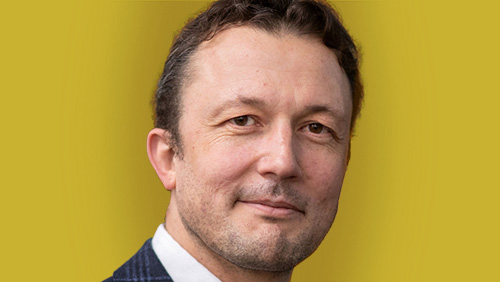
Quantum computing: Australia gets it
Australia recently raised some eyebrows by investing one billion dollars in the US-based quantum computing company Psiquantum. Those are Australian dollars, but still: it’s a huge amount of taxpayer money to invest in a single company that’s not even homegrown. It’s claimed that the investment will create 400 job positions, but that’s not a convincing argument as even a startup in time-travelling police booths would create that kind of employment for a billion dollars.
Are the Aussies onto something? Do they have some unique insight into quantum computing?
I’m not a quantum computing expert. I will not discuss the science of quantum computing, and I have no clue whether Psiquantum’s quantum photonics approach is the best bet. I am a bit of an expert in chip technology, though, having worked in the field of integrated photonics for over two decades. I’ve always followed trends in the semicon field to stay on top of the state of the art. The question of whether we can learn something by comparing quantum computing with the better-known field of semicon therefore intrigues me.
To be clear, quantum computers exist and they work, albeit not better than maybe a Commodore 64... yet. Quantum computers use qubits, and about a hundred perfect qubits should make such computers more powerful than the best classical supercomputers. However, due to imperfections, a huge overhead of qubits is necessary to correct errors. Experts estimate that at least a million qubits would be required to achieve quantum supremacy. Such a number requires integration on a set of chips, much like the scaling of transistors in a processor. Thus, the parallel with the semicon field seems justified.
The number of qubits per computer has grown from two to about a thousand over the last two decades. If we extrapolate this trend, much like Moore’s Law, we would see those million qubits by 2044. It could be that some technologies grow faster, but maybe their qubit quality is lower and they need more than a million... who knows. The point is we have a ballpark, and that has implications.
In the semicon industry, the cost per transistor has scaled inversely with the integration density, thereby keeping the cost per chip more or less constant. However, the development costs for a new technology and chip design have failed to keep pace, and new nodes require increasingly expensive fabs, of over 20 billion dollars now, and increasingly expensive design efforts, of about 700 million dollars for the latest 3nm node. This means that progress becomes extremely expensive and consolidation is required. Indeed, these days, only Samsung, TSMC and Intel are left at the forefront.
Quantum computing will have to develop along these lines. Whereas it seems about 1 billion dollars per company was required to get to 1,000 qubits, we can easily see that it might take well over 10 billion dollars, and up to 100 billion dollars, to get to those million qubits. Obviously, only a tiny fraction of the current set of startups and scale-ups will be able to raise such a level of capital, especially given the fact that the business cases aren’t so clear yet, and are still the subject of scientific research.
Maybe three to five companies will survive at the forefront. And no, the often-heard statement that a scientific breakthrough will accelerate this timeline, is naive and incorrect. An exponential growth assumes a continuous flow of breakthroughs; it’s a boundary condition for any exponential technology.
Australia is a relatively small country and it understands that it needs to go all-in on a single bet if it wants to have any hope of having the future ‛TSMC of quantum computing’ within its borders. Quantum computing needs to enter the stage of consolidation, of exponentially increasing investments and shakeout of sub-critical startups, if it wants to have any hope of ever delivering that supreme computer.
I don’t know whether Australia is betting its taxpayer money all on red or the number 16 on the roulette of the economy, but betting on many numbers in many rounds in the casino surely means losing to the bank. Only time will tell.





